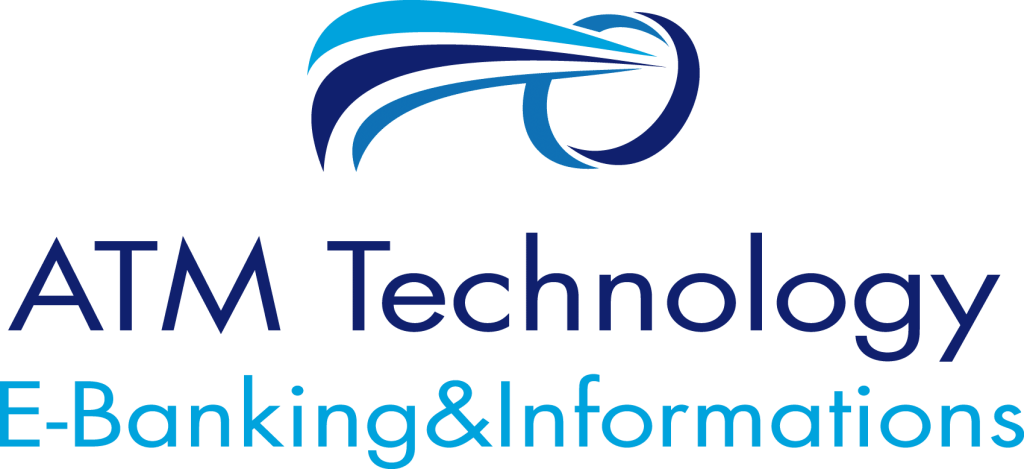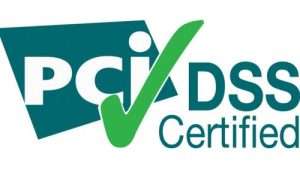ATM Card Technology – PIN & CHIPS Fraud Prevention

The increasing rate of Automated Teller Machine (ATM) fraud especially in less developed countries with loose security mechanisms has posed a major challenge to depositors in particular, and the banking industry in general.
The ugly development is believed by many to have the tendency to scupper the widely acclaimed reason for the introduction of ATMs by the banking industry years back.
The innovation was adjudged to have, among other things made banking very easy, devoid of the associated stress hitherto encountered by depositors when cashing money.
This stemmed from the fact that, instead of the depositors using their ATM cards to withdraw money, they prefer to be on the queue for minutes for fear of being defrauded.
Many bank customers have reportedly become victims of ATM fraud whereby money was withdrawn from their accounts using ATM cards without their consent.
A bank customer who pleaded anonymity disclosed that he was defrauded recently by the ATM fraudsters while he was nowhere near the banking hall nor close to any withdrawal machine.
He further said that he has since dumped his ATM card after the incident to avoid further recurrence.
Another customer also noted that his account was debited by the bank despite the fact that the ATM did not dispense money to him.
The customer who notified the bank after the incident, noted that he was asked to fill a particular form for the transaction to be reversed, stressing that he has not heard from the bank after two months.
Many have, however pointed fingers at insider connivance for the perpetration of these frauds on the premise that the fraud could not be carried out seamlessly without the active collusion of an insider.
This seems not to be the only contributory factor as my investigations revealed that many bank customers might have also fallen victims to the fraudsters owing to ignorance.
Quite a number have fallen prey by filling an alleged scam mail from Payment Gateways that banks rely on for ATM transactions.
The alleged mail which has never been out of circulation by fraudsters, in which bank customers are asked to fill their banking details or ATM card details to enjoy newly added features.
The internet fraudsters can also inform bank customers that they should provide some information in order to upgrade their payment methods or for security reasons in order to prevent it from ATM theft and fraudulent activities.
Sometimes, they warn the unsuspecting public that ‘failure to register ATM cards will result to deactivation of ATM cards from the payment processor’.
Some stakeholders have reacted to this bad scenario and argued that the issue of ATM fraud has nothing to do with the configurations of the platform on which ATM transactions are carried.
Some others pointed out that the platforms are sound and highly secured, nothing that people allowed friends and relations, among others to have access to their Personal Identification Numbers (PIN), which often leads to abuse.
They, however warned bank customers not to release their ATM PIN to anybody and ensure that it is always secret to them.
Meanwhile, some financial watchers are of the opinion that banks are not doing enough in enlightening their customers on the purported mail as some of them are still giving out their PIN Numbers as directed by the alleged scam mails from Payment processor platforms.
The failure of banks to carry out massive enlightenment activities using the media on the necessary precautionary measures customers could undertake, has been deplored by many critics.
Other analysts have also queried the propriety of mandating bank customers in some countries to use ATM for low transactions without taking cognizance of the literacy level, vision and age of such people.
To this end, it was suggested that the use of ATM should be made optional while those who object to the machine could be attended to across the counter.
Perhaps, it is in response to the deluge of complaints from customers and the public at large that some, largely uncoordinated though, efforts are currently being made to sensitize the banking public on how to curb the rising fraud.
Incidentally, the medium for this sensitization seems to be limited to the internet.
Some banks have now been issuing notes of warning to their clients not to update the portals of the fraudulent sites or click any link in their emails to avoid phishing on their details (data).
They should also destroy any bank note having their information after it’s no more in use and dispose properly as spammers can get these papers from junks.
Other vital tips to protect the ATM card and PIN include
- Non-display or exposure of customers’ ATM card in public.
- Nondisclosure of PIN NUMBERS in handsets.
- Ensuring that ATM machine background lights are illuminated before inserting the ATM card.
- Ensuring that one has a T-Alert service with one’s bank in order to alert one via SMS on transactions on the person’s account.
Other measures include avoiding crowded ATM machine locations. If possible, reporting of suspicion debits to the nearest bank.
Ensuring that one takes the ATM print-out/slip after every transaction and maintaining an account just for operating/family expenses with ATM card access while main account should be with no ATM card access to minimize loss in case of any compromise, among others.
The alert also stated that some of these fraudsters are armed with sophisticated encoder machines that can replicate ATM cards.
However, more sustainable efforts are being undertaken by banks to address this development.
Already, some banks have begun the replacement of magnetic stripe cards with the fraud-proof and reliable cards with PIN and chip which makes the use of the card by unauthorized persons impossible so as to provide security in all ATM transactions.
The PIN and chip card has so much benefits which include fraud reduction as the chip technology guarantees that information stored is not accessible to unauthorized persons.
Above all, banks should come up with measures to restore customer confidence in e-payment and card-based transactions being threatened by current ATM fraud across Africa.





